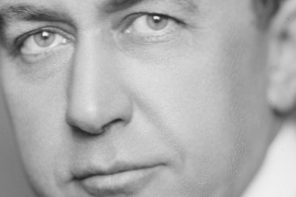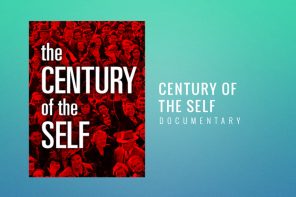
Monday January 13, 2014
The History Of PR
The Beginnings of PR
While the idea of using communications to influence and maintain a positive reputation has been around for centuries, public relations as a profession is something that is relatively new in comparison to some of the world’s oldest professions such as the lawyer or the physician.
The origins of public relations can be traced all the way to Ancient Greece, where Classical philosophers like Plato and Aristotle wrote on the art of rhetoric to aid public speakers in their persuasion of the people. It can also be seen in the British abolitionist movement in the late 17th Century, where books, leaflets and lectures were presented to sway public opinion towards abolishing global slave trade.
Although this is where the foundation of PR lies, it was the dawn of mass communication at the turn of the 20th Century that led to the birth of the public relations industry as we know it today.
Ivy Lee and the history of PR
Ivy Lee is one of the two men thought to be the forefather of contemporary public relations. Like many modern PRs, Lee began his career as a journalist, reporting for several New York-based newspapers including the New York Times, the New York American and the New York World. It was when Lee advised the American industrialist John D. Rockefeller Jr. and his company Standard Oil in 1903 that many believe marked the birth of public relations as a professional practice.
The Rockefeller family and Standard Oil had been experiencing a poor public image following their reaction to a series of strikes in their coal mines. Lee encouraged Rockefeller to visit these mines and interact with the miners. This act boosted his reputation amongst the mine workers, and improved public perception of Standard Oil. Lee was also behind what is thought to be the first ever press release, after a major rail crash in Atlantic City in 1906. Lee was sought out by Pennsylvania Railroad, the company that owned the railway line on which the crash occurred. Positive that only Lee could help them salvage their reputation, they employed him to manage the aftermath of the terrible crash. Lee’s press release was published by The New York Times without changing the text at all.

Lee’s response was to invite the press to view the crash site itself, and to offer them select information and details of the crash. This kind of crisis management resulted in positive coverage of the Pennsylvania Railroad, which favoured the way that Pennsylvania Railroad responded to the crash.
Read more: Why Traditional Media Still Matters in the Digital Age
Edward Bernays: the founder of public relations
Opinions on who is the true founder of public relations are currently divided, and there are many who surmise that it was Edward Bernays, and not Ivy Lee, who history should view as the forefather of modern-day public relations. Bernays, who was born in Austria but moved to the USA with his family as a child, was the nephew of the pioneering psychoanalyst Sigmund Freud. It was his uncle’s theories on behavioural psychology that informed many of Bernays’ public relations strategies. Bernays believed that political propaganda utilised by governments to influence public opinion during the Second World War could be used by corporations to influence public behaviour in a more subtle form. Bernays is notable for approaching the topic of public relations as a science, and for uniting Freud’s theories on psychoanalysis with other sociological theories to develop his pioneering public relations methods. Bernays is attributed to refining the art of the press release and developing much of the early theory on public relations, most notably his groundbreaking 1923 book Crystalizing Public Opinion.
 Eduard Bernays
Eduard Bernays
It is with great admiration that we look at these two men who shaped the PR industry into what it is today. Their stories are remarkable, and certainly something that any budding PR professional must familiarise themselves with.
For more information on these great figures, and on the history and workings of the PR industry, we recommend reading having a look at Bernays’ books Propaganda and Public Relations, Public Relations and the Making of Modern Britain by Scott Anthony and Adam Curtis’s award-winning BBC documentary, A Century Of Self.
For more information, check out our Strategy or Media Relations services.
Curzon PR is a London-based PR firm working with clients globally. If you have any questions, please feel free to contact our Business Development Team bd@curzonpr.com







Follow us